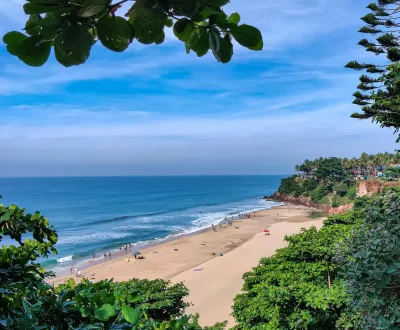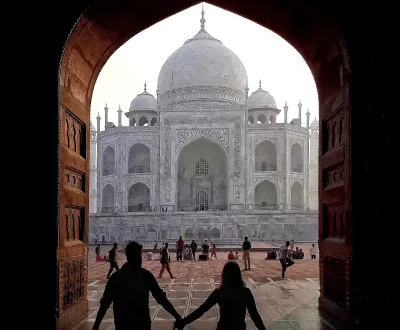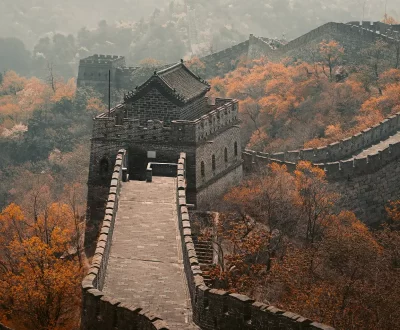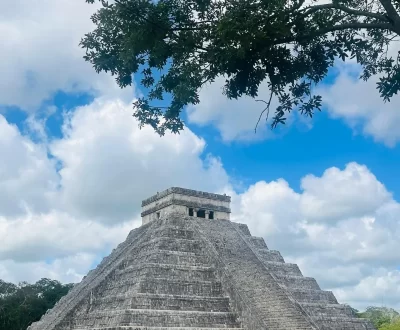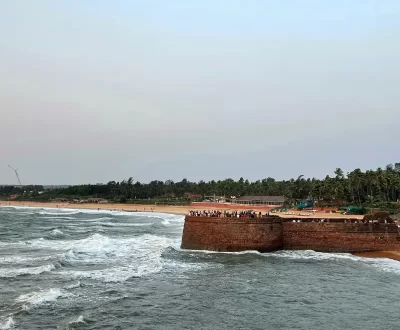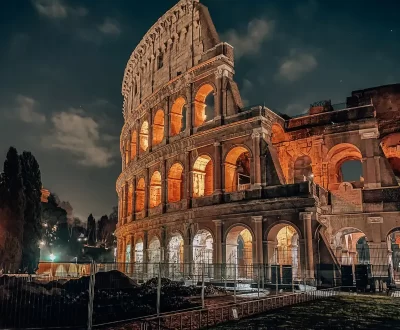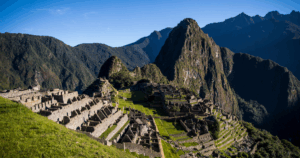
Lost city of the Incas Machu Picchu is the most famous symbol of the Inca civilization and Peru’s most important archaeological find. It is located on a mountain ridge 7,970 feet above sea level. This amazing citadel from the 15th century is the best example of Inca architecture and continues to draw in more than 1.5 million visitors each year with its mysterious beauty and complex design.
Pachacuti’s Vision and the Inca Empire
Most archaeologists think that Machu Picchu was a royal estate for Pachacuti, the Inca emperor who ruled from 1438 to 1472, when the Inca Empire was at its peak. The Tawantinsuyu, as the Inca called their huge empire, built this beautiful site around 1450. It shows how rich, powerful, and architecturally advanced they were.
The Quechua word “Machu Picchu” means “Old Mountain,” but researchers think that the original Inca name for the site may have been Patallacta. Emperor Pachacuti picked this remote spot because it was strategically located and had breathtaking views of the Sacred Valley.
Strategic Location and Geographic Setting of Lost City of the Incas
Machu Picchu is in a very interesting spot in the Eastern Cordillera of southern Peru, between Machu Picchu Mountain and Huayna Picchu peak. The citadel is 80 kilometers northwest of Cusco, on top of the Sacred Valley, where the Urubamba River makes a dramatic canyon with a subtropical mountain climate.
This strategic location offered natural protection and great views of the valleys and mountains around it. The site’s height and geographic isolation kept it safe from Spanish conquistadors, which helped it stay in great shape for more than 400 years.
Incredible Inca Architecture and Building
Machu Picchu (Lost city of the Incas) is a great example of how the Incas built things using precisely cut stone blocks that fit together without mortar. Using smart engineering methods, the master builders made buildings that can withstand earthquakes and have lasted for hundreds of years.
This great religious, ceremonial, astronomical, and agricultural center has about 200 buildings. The city is split into two parts, with a big central plaza in between. According to strict urban planning rules, the residential areas are separate from the farming terraces.
Terraces for farming and managing water
The Inca were very good at farming in the mountains and taking care of the soil, as shown by their many agricultural terraces. These carefully built platforms stopped erosion and made microclimates that were good for growing different crops at different heights.
A clever water management system used stone channels and fountains to move mountain springs around the site. This hydraulic engineering gave people fresh water and helped with farming, which kept the royal estate’s population alive.
Structures for Religion and Ceremony
The Inti Watana (a ritual stone used for astronomical observations), the Temple of the Sun, and the Room of the Three Windows are the three main buildings on the site. These holy buildings show how important Machu Picchu was to the Incas’ religious and ceremonial practices.
The Intihuatana stone is an astronomical clock that tells the time by following the sun’s movements all year long. Inca priests used this carved granite outcrop to figure out solstices, equinoxes, and other important calendar events for farming and religious reasons.
The Mystery of Leaving
About 100 years after it was built, Machu Picchu was abandoned, probably during the Spanish conquest around 1530. There are still arguments about why people left, with theories ranging from the Spanish approach to a smallpox outbreak or a civil war in the Inca Empire.
Spanish conquistadors systematically destroyed Inca sites, but they couldn’t find this one because it was far away and hard to get to. This lucky isolation kept Machu Picchu as the best example of Inca architecture and city planning.
The Rediscovery of Hiram Bingham in 1911
In 1911, American historian Hiram Bingham made Machu Picchu famous around the world, but people in the area had known about it for a long time. Bingham’s photos and reports made the “Lost City of the Incas” known to both the academic world and the general public.
Peruvian explorer Agustín Lizárraga was one of the first people to visit the site, which he did in the early 20th century. Bingham’s thorough documentation and promotion of Machu Picchu around the world, on the other hand, made it famous as one of the greatest archaeological finds in the world.
Recognition as a UNESCO World Heritage Site
In 1981, Peru made Machu Picchu a National Historic Sanctuary. In 1983, it became a UNESCO World Heritage Site. This dual recognition recognizes the 32,592-hectare mixed heritage property’s cultural and natural value.
The designation protects the archaeological site and the land around it, including mountain slopes, peaks, and valleys that make up a single ecosystem. This all-around protection makes sure that both cultural heritage and biodiversity are safe.
Trekking and Traveling Experience
The classic Inca Trail is an unforgettable multi-day hike that ends at the Sun Gate viewpoint at Machu Picchu. The Salkantay Trek and the train ride from Aguas Calientes town are two other ways to get there that are less strenuous.
The view of the citadel from Huayna Picchu mountain at sunrise is amazing for photography and gives you a full view of the citadel. The hard climb gives visitors views of Inca architecture that can’t be found anywhere else, set against the stunning scenery of the Andes.
Problems with conservation and limits on visitors
Lately, a lot of tourists visiting has put pressure on Machu Picchu’s preservation and has put it at risk, so there are strict limits on how many people can visit and how they can get there. Daily visitor limits help protect fragile archaeological sites while balancing the benefits of tourism with the needs of conservation.
Climate change, erosion, and the building of new infrastructure are all problems that need to be watched and managed in a flexible way all the time. International cooperation helps protect the environment and keep tourism practices that are good for the environment.
“Machu Picchu (Lost City of the Incas) is the most important thing that the Inca civilization ever built. It combines stunning architecture with spiritual meaning in one of the most beautiful natural settings on Earth. This amazing fort continues to inspire visitors and help us learn more about the civilizations that lived in America before Columbus. Machu Picchu is a life-changing place that connects modern travelers with the genius and mystery of the ancient Inca Empire. You can get there by hiking up mountains or taking a scenic train ride.”
If you want to visit something out of the world, then it is this place.
Visit Chichen Itza in Mexico
For more info on Machu Picchu you can watch the video of the famous Indian youtuber Yatri Doctor
More from our blog
See all postsRecent Posts
- Places to visit in Varkala 3 September, 2025
- Taj Mahal the Monument of Love 3 September, 2025
- Lost City of the Incas Machu Picchu Peru 3 September, 2025

